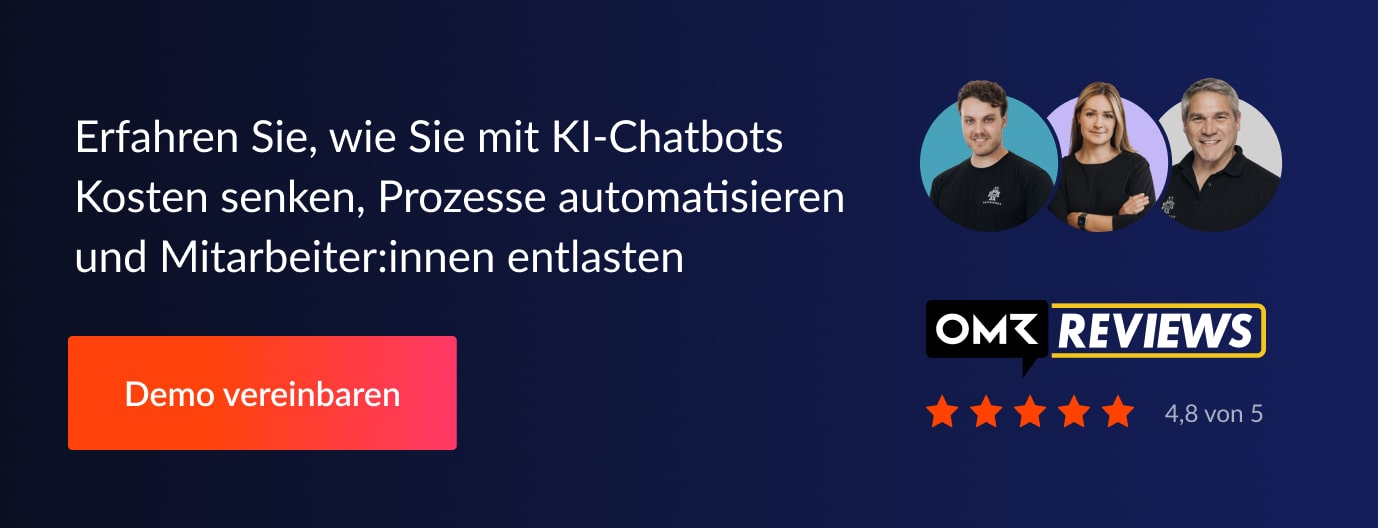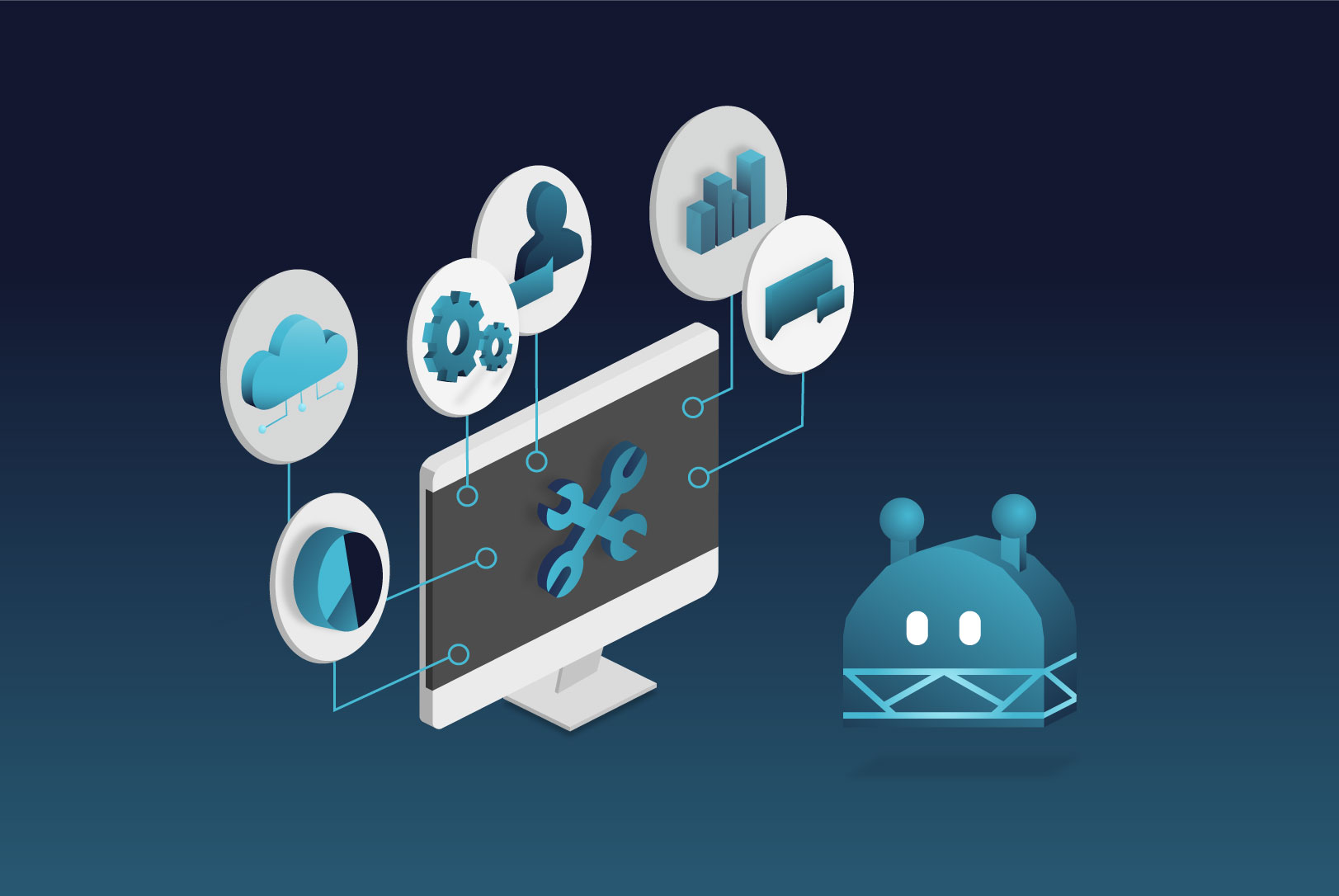HR departments are considered to be the worst digitized areas in companies. Yet it is these departments in particular that are the flagship for the company's own employees. In America, on the other hand, over $1 billion is already being invested in HR tech (source: Anna Ott - HR tech expert). So German companies can clearly take a leaf out of their book.
The following article deals with a new innovation in the field of artificial intelligence. The technology "chatbots" can contribute a lot to digitalisation in companies. Chatbots are systems that are integrated into websites or messaging platforms and can answer user queries automatically using artificial intelligence. with the help of by artificial intelligence. Theoretically, chatbots can be used everywhere where communication takes place. Especially in HR, there are many areas of application.
But Why Chatbots?
The technology gained great hype since messenger services have opened their interfaces to integrate such system. This was also favoured by the current "communication trend" that has permeated society in recent years. Because we now spend more time in messaging channels than on social networks, 90% of our time in email and messaging platforms on our smartphones.
In addition, users no longer want to have to download the hundredth app on their smartphone, but rather spend time in the apps that already get the most attention. Companies struggle with a low engagement rate after the release of their apps, which are often quickly deleted by their users.
Users benefit from automation and short response times. At the same time, companies shine with 24/7 availability for numerous incoming requests. Employees can now focus on more complex requests and let the chatbot take care of the recurring requests. In this way, increasing customer expectations can be met. According to Ovum, 60% of customers want easier access to self-service solutions in customer service.
And where exactly can chatbots be used?
1. A chatbot for working time arrangements
In many companies, the regulation of working hours is considered a complex issue. Managers and employees find it difficult to keep track of the legal situation here, so that numerous questions arise, especially for time officers, labor lawyers and HR staff. In order to simplify and speed up the handling of technical questions and time corrections, a chatbot can be the solution. On internal communication platforms, such as Microsoft Teams or Slack, the bot can be integrated and provide automated information on legal, operational and collective bargaining topics. In addition, employees can tell the chatbot their clock times, which they either forgot to clock in or were unable to do so due to business trips. Through system integrations such as SAP, the bot can then automatically import the data into the systems.
The conversation could look like this, for example:

2. A chatbot for onboarding
Onboarding new employees is a time-consuming topic. Particularly in larger companies, it is easy to lose track of the various processes involved in payroll, travel expense forms, vacation requests, file sharing, and so on. This is also where a chatbot could come in, guiding the new employee through the onboarding process. This way, new talent can be informed about all important processes and facts from day one. In addition, the information sets can be queried again by the chatbot in case something has been forgotten after all. It is clear that the hurdle of asking questions a second time is lower for the bot than for the colleagues.
3. A chatbot for general questions
For common questions among employees, a chatbot can be used as the number one point of contact:
"What's vegetarian in the canteen today?"
"What time's the shuttle to the station today?"
"Where can I order a cab?"
"Where exactly is Matthias Müller sitting?"
etc.
Normally, many such questions are already answered on the intranet. Nevertheless, many companies seem to have problems with making the high flood of information findable in a clear way on the intranet, so that many employees struggle to find it. A chatbot that provides all the information through simple question-and-answer processes thus offers itself as an optimal solution. At this point, it is important that the chatbot should also be implemented where the staff spends a lot of time anyway: for example, in Slack, Skype for Business, Microsoft Teams, etc.
In summary, chatbots offer an incredible number of opportunities to revolutionize communication within companies. You can start with small use cases and gradually expand the content of the chatbot. During development, it should be remembered to include a redirect to a real employee, also known as a human handover human handover, at any time. This can ensure a positive user:inside experience. Chatbots not only offer the opportunity to automate communication, but more importantly to innovate as a company in front of its employees and allow freedom for innovation. Now is the right time to embrace the technology, as Accenture also says that 80% of customer interactions can be solved by a well-designed bot.
If you want to know more about chatbots and their use in HR and internal communications, visit our page on the topic.



